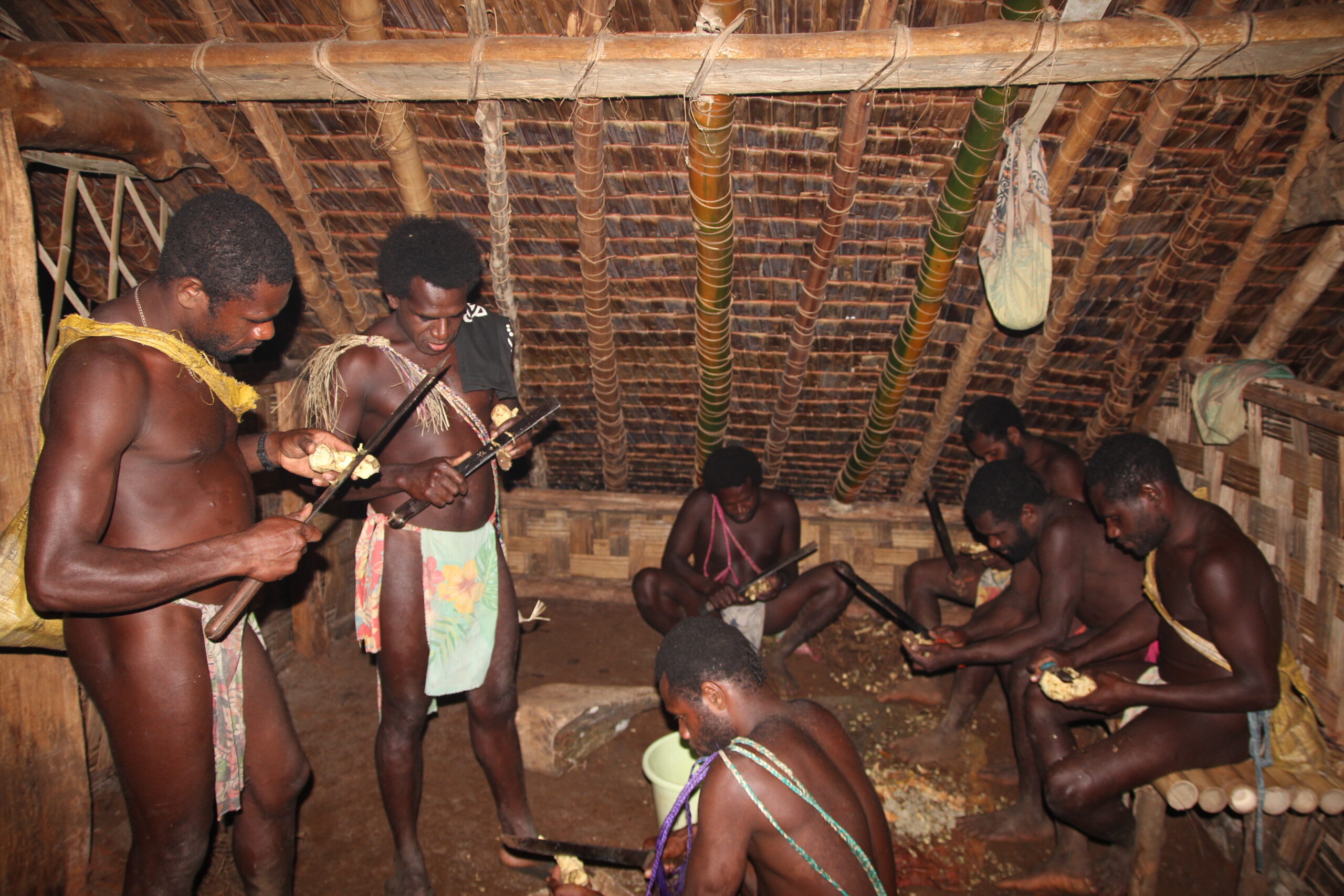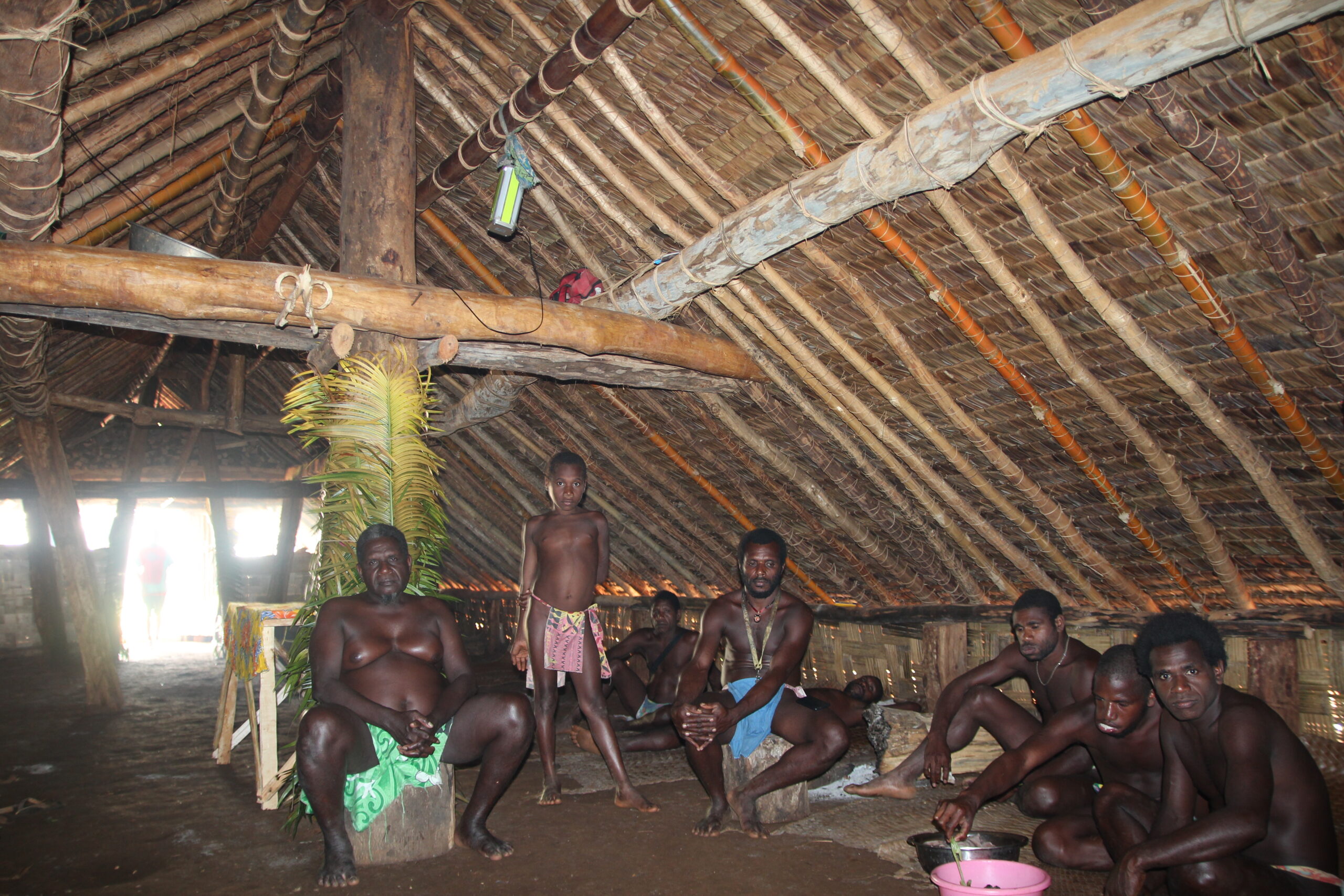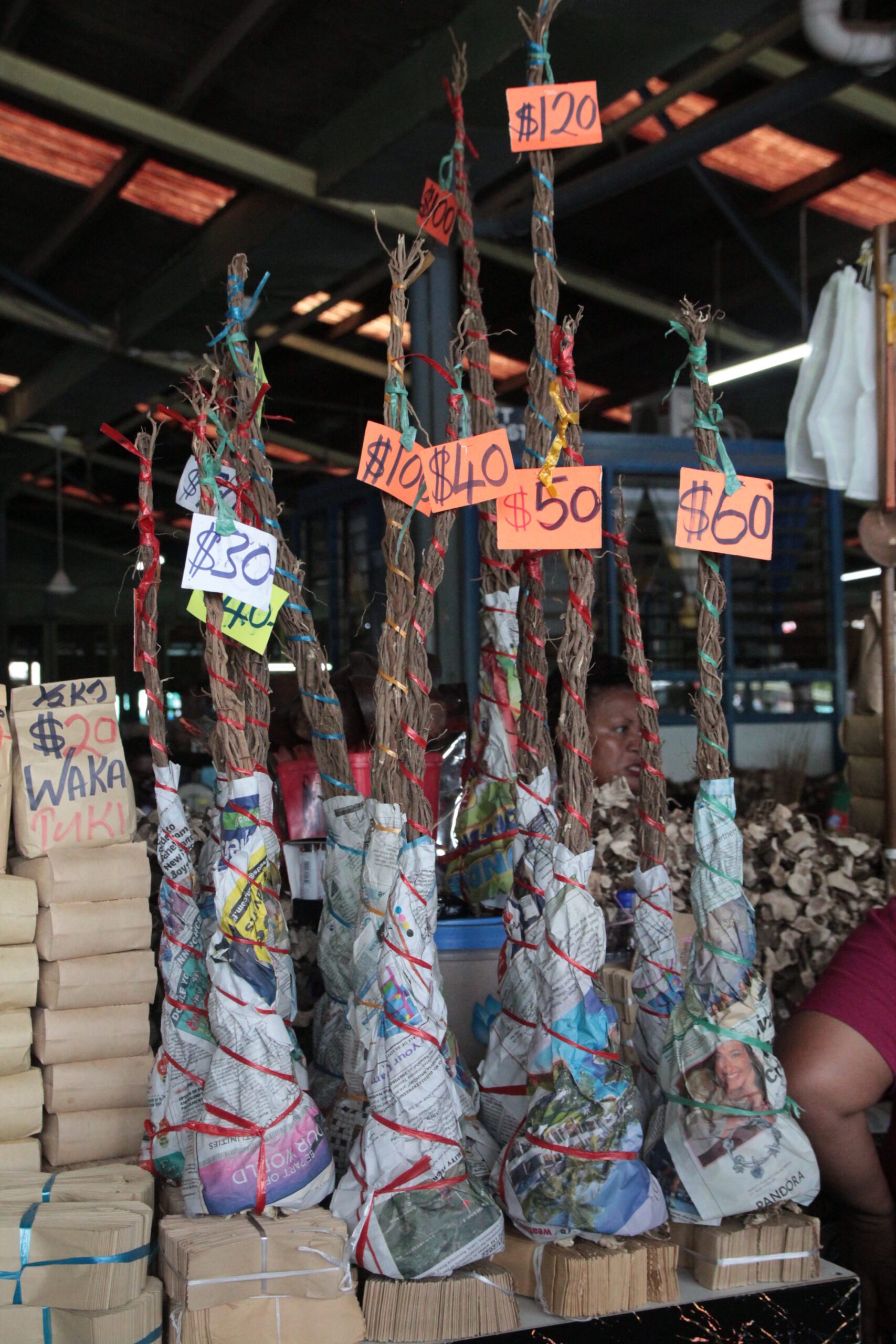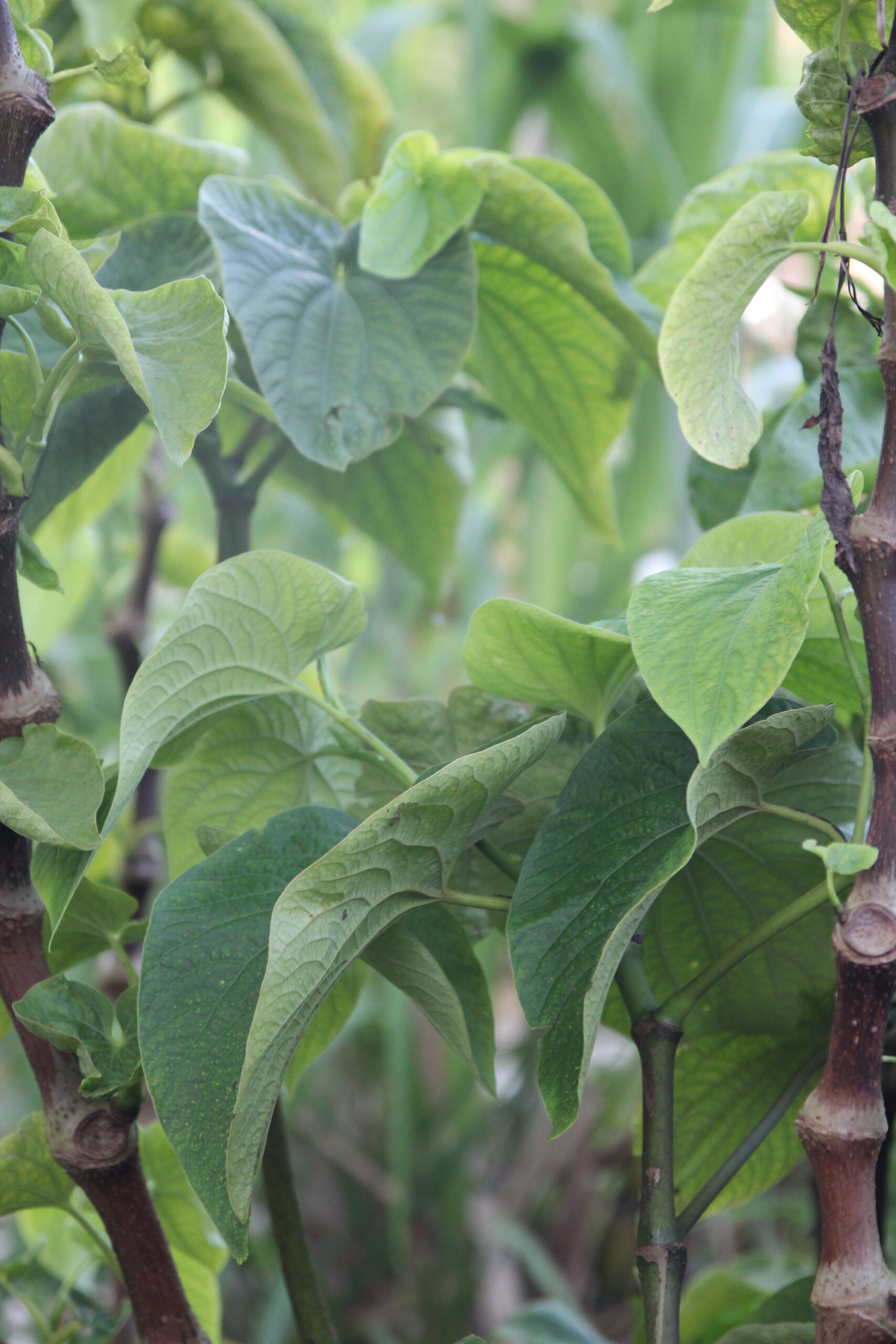Kává (Mámorbors)
Do you know what is Kava drink?
It is a traditional beverage prepared from the roots of the Kava plant (Piper mesthysticum), that is cultivated in the South Pacific, especially in Fiji, Vanuatu, Tonga, and Hawaii. It has a mild sedative and anesthetic effect and has a cultural significance in the region.

My host showing her Kava plants on Pentecost island

First, the Kava roots have to be cleaned and cut up into smaller pieces
The drink can be prepared from the fresh or dried roots of the Kava plant. In Vanuatu, it is more common to prepare fresh Kava, which also has a stronger effect than when it is prepared from dried material. If you decide to try kava in the Pacific, I would suggest the fresh one. Keep in mind, that Kava has a greenish-brownish colour and a very strange, earthy, and bitter taste. When you start to drink it, it causes a slight numbness in your tongue and throat that lasts around half an hour. So the drink is anything, but appetizing and most people need some time to get used to it, but it is also a cultural experience on its own!
How is Kava made in a traditional way?
The preparation of fresh Kava starts with cleaning the raw roots and cutting them into smaller pieces. Then, as the next step, these have to be softened up and ground. The methods for this vary from island to island in Vanuatu.
On Pentecost Island, the men start to gather in the evening in the Nakamal, the community hut, where they are pounding the roots in a wooden pot. When the roots are softened up, they rinse it with water and squeeze out the brownish-greenish Kava drink out of it.
On Tanna, traditionally children were chewing the pieces of Kava roots to soften them up. Nowadays (apart from some very traditional villages) it is mainly ground with meat grinder.

Local men preparing the Kava roots on Espiritu Santo island

Preparation of the Kava drink in a Nakamal on Pentecost island
The cultural significance
Kava used to be historically a ceremonial drink on the Pacific islands consumed on special occasions. It was also served during reconciliation ceremonies when the Chief invited the conflicted members of the community to settle arguments and to make peace.
With time, it became an everyday part of life, and drinking Kava in the evenings is nowadays a typical daily routine for many locals. In Vanuatu, traditionally only men were allowed to drink Kava, which continues to be the habit on Pentecost Island and in the more traditional villages in Espiritu Santo. In the more urbanised parts of Vanuatu and Fiji both men and women consume the drink.

Traditional Nakamal on Espiritu Santo island
In Fiji, kava is also called “yaqona” and it plays an important role in welcoming ceremonies when you are visiting local villages. As a guest it is polite to present a bouquet of Kava roots called “sevusevu” to the head of the village.

Fijian Sevusevu
Health effects
The Kava roots contain alkaloids, that are called kavalactones. These have a mild sedating, anxiolytic, and anesthetic effect. Pharmacologically some of the kavalactones have been shown to potentiate GABA receptors, which can partly explain the effects of Kava drink.
A serious concern about Kava is its liver toxicity. A possible cause of this effect is that the kavalactones are suspected to deplete glutathione, an important antioxidant in the liver and that they alternate the function of the CYP-450 enzyme system in the liver. In practice, consuming a small amount of Kava on a non-regular basis is not expected to cause serious harm. However, I would discourage persons with liver diseases or who take medicines that are metabolized in the liver from consuming Kava. It is also important to note, that liver toxicity can be increased through consuming simultaneously both Kava and alkohol, so avoid doing that!
